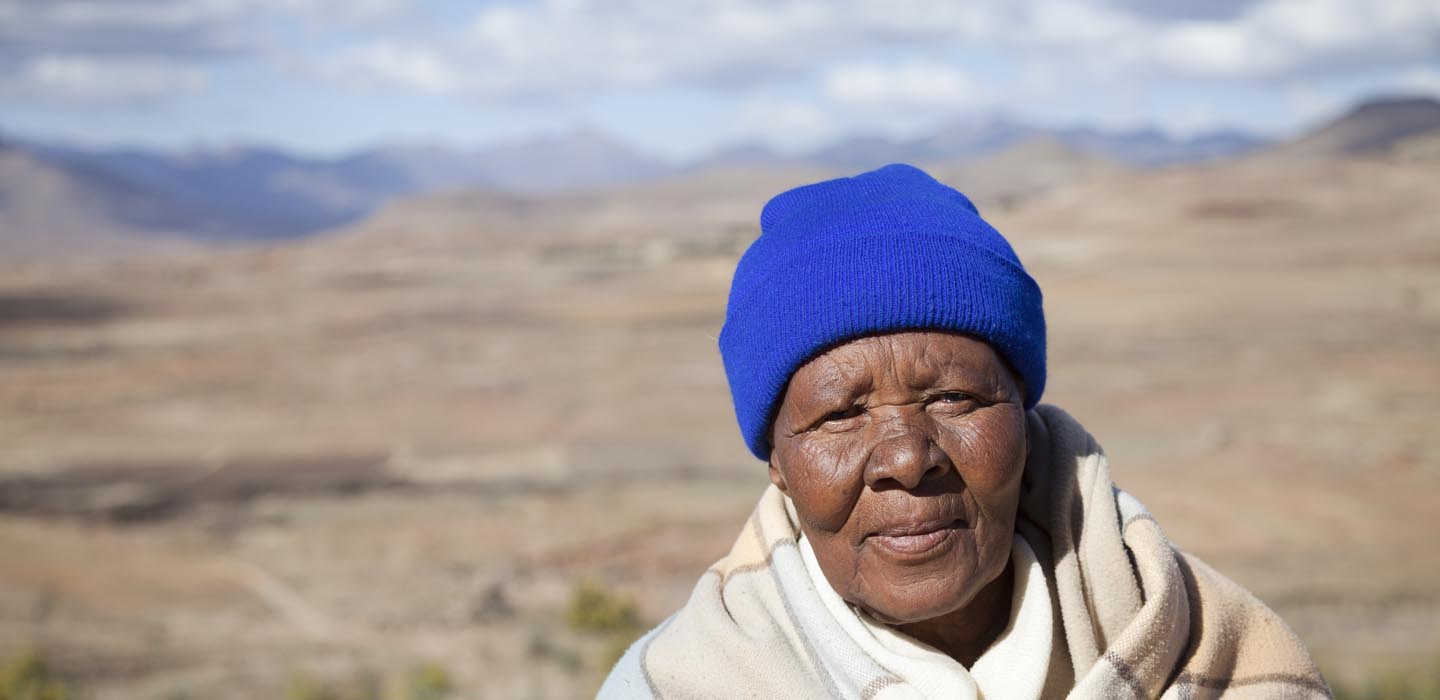Issues
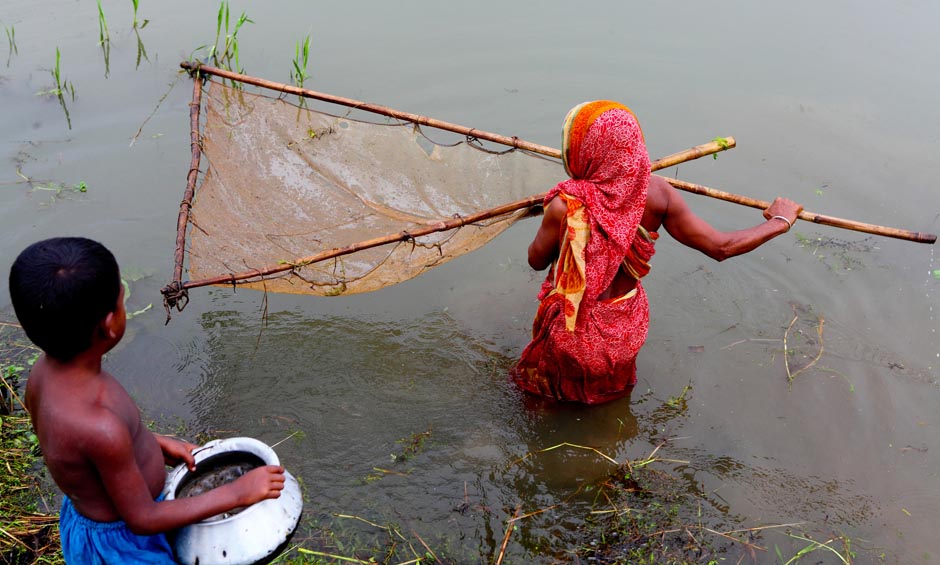
Climate change
Smallholder farmers and other rural people in developing countries often bear the brunt of climate change. Less predictable weather patterns, as well as rising sea levels and more intense droughts, storms and floods, are putting pressure on the ecosystems they depend on.
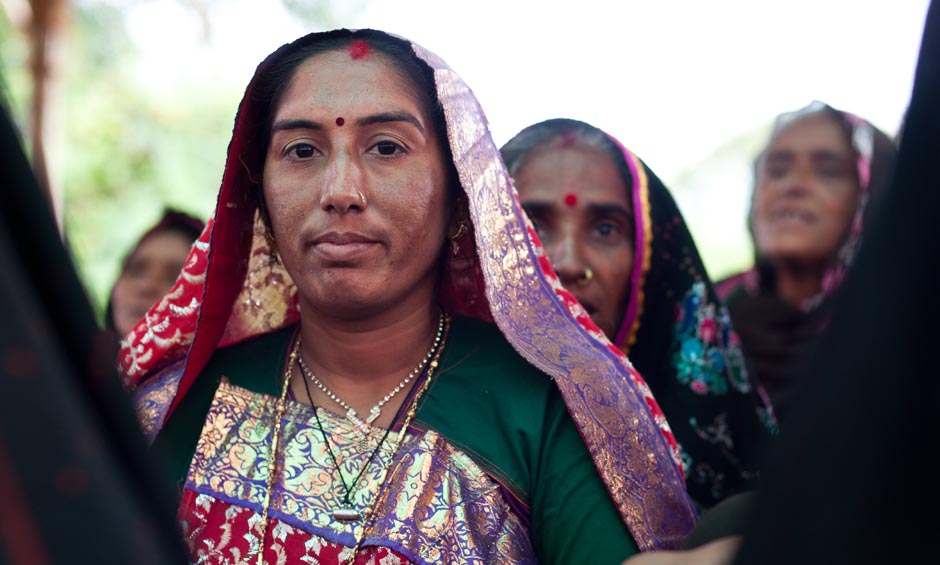
Equality and social inclusion
In rural areas, different forms of inequality often compound poverty. For instance, because poor rural women suffer from unequal access to land, they tend to be restricted to low-return or low-pay economic activities, and have less access than men to finance, technology, markets and decision-making.
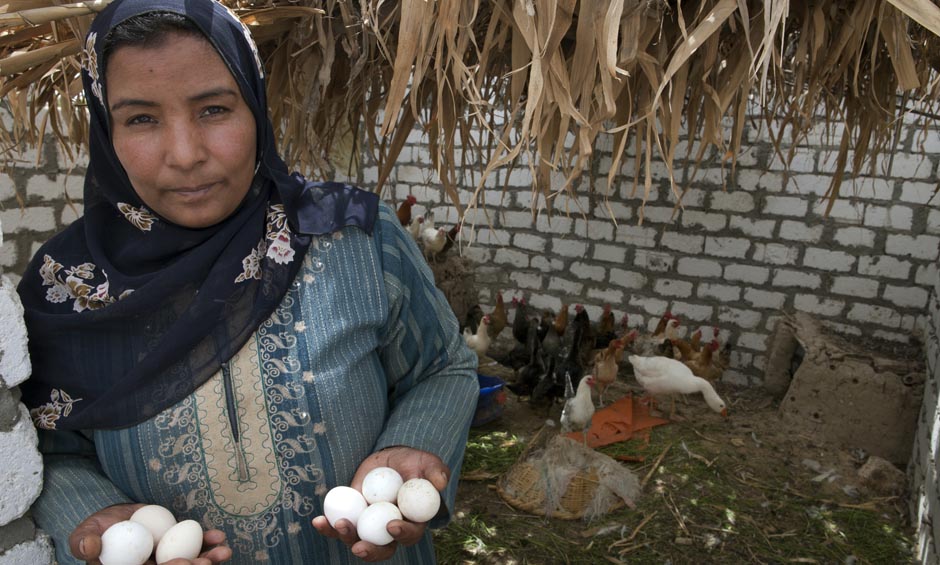
Food and nutrition security
The estimated 500 million smallholder farms in the developing world support the livelihoods of almost two billion people. These smallholder farms are responsible for approximately 80 per cent of the food produced in sub-Saharan Africa and parts of Asia.
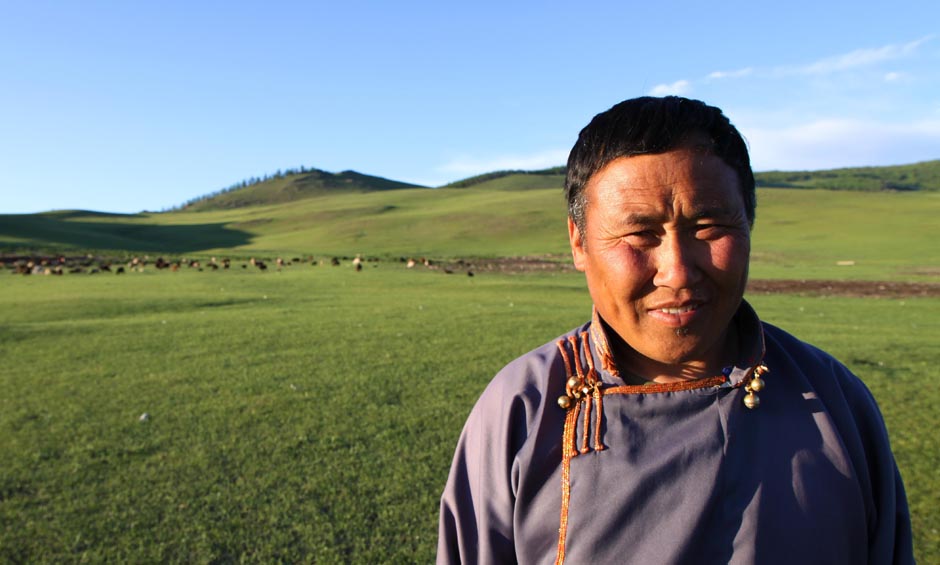
Land and natural resources
Natural resources are fundamental to the livelihoods of rural people. They are a source of food, shelter, income and social identity. Secure access to resources reduces susceptibility to hunger and poverty. However, for many poor rural people, access is more threatened.
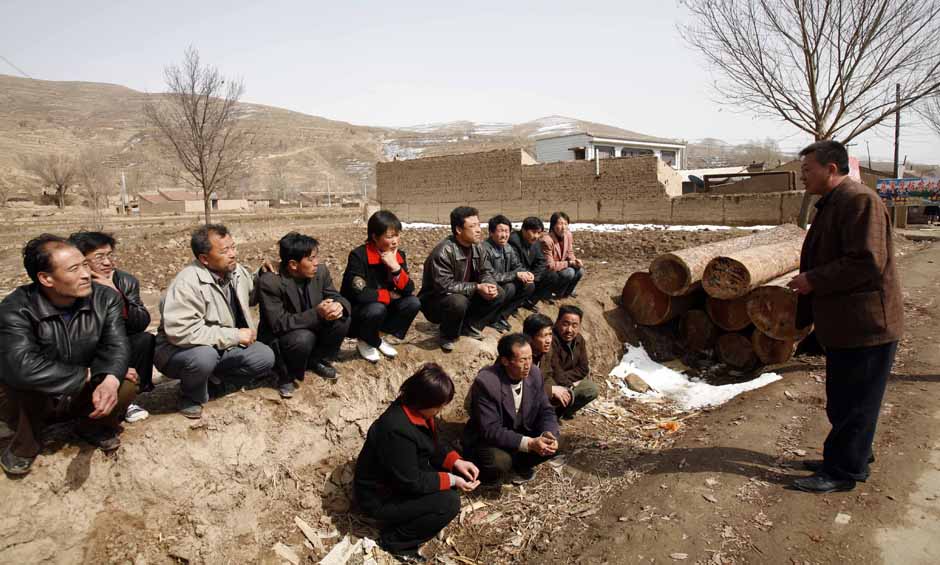
Infrastructure
Economic growth in rural areas is often dependent upon well-planned and coordinated investments in local infrastructure. As a result, the distance to markets and the lack of roads are central concerns for rural communities throughout the developing world.
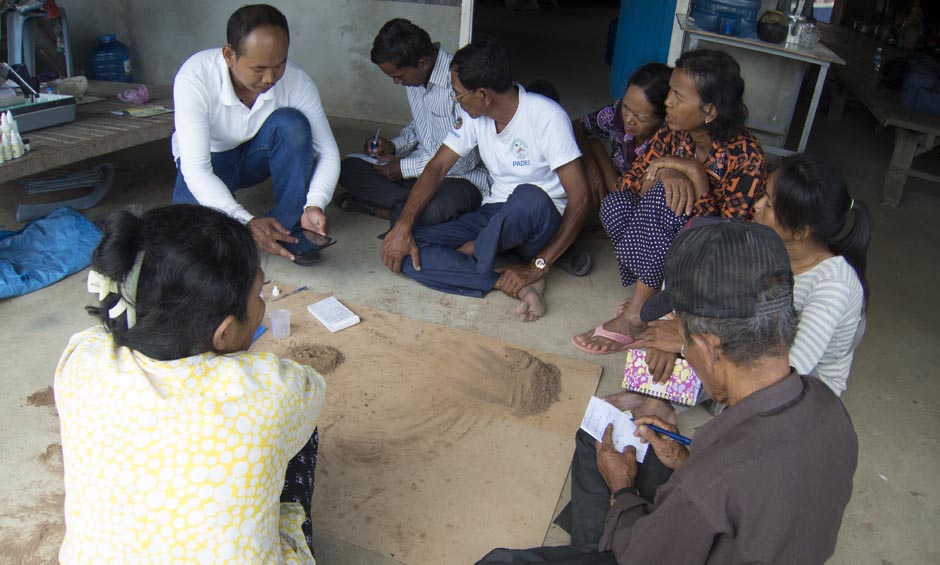
Research and technology
Agriculture is extremely diverse and location-specific, and technologies are often needed to cater to a range of agroecological conditions. Innovative crop production technologies are largely the result of innovation systems developed in wealthy countries, which are not freely available to developing countries.
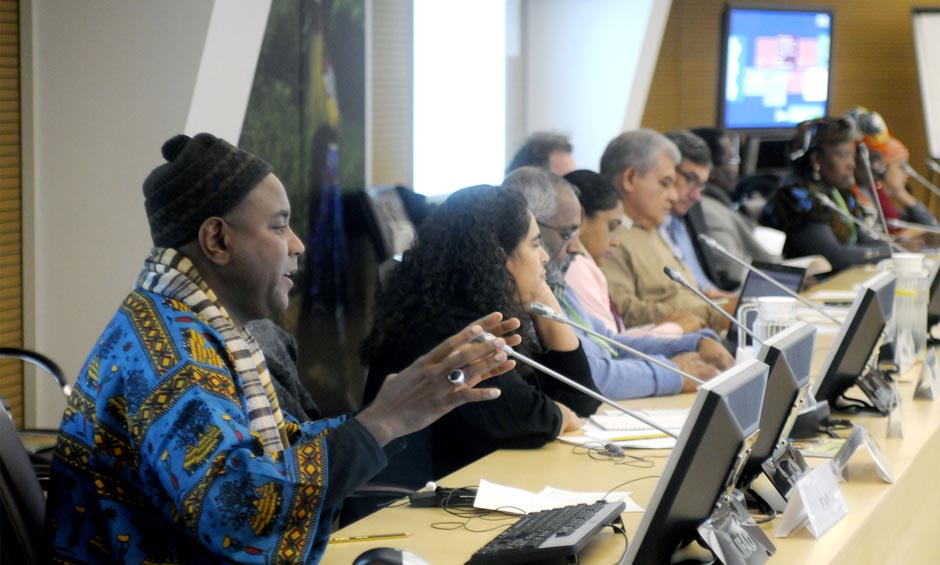
Institutions and governance
Poor rural people rarely control the conditions that determine their livelihoods. Most are rendered powerless, and are unable to influence decisions affecting their lives. This powerlessness is closely linked to weak local governance, a lack of services and the severely limited provision of public goods.
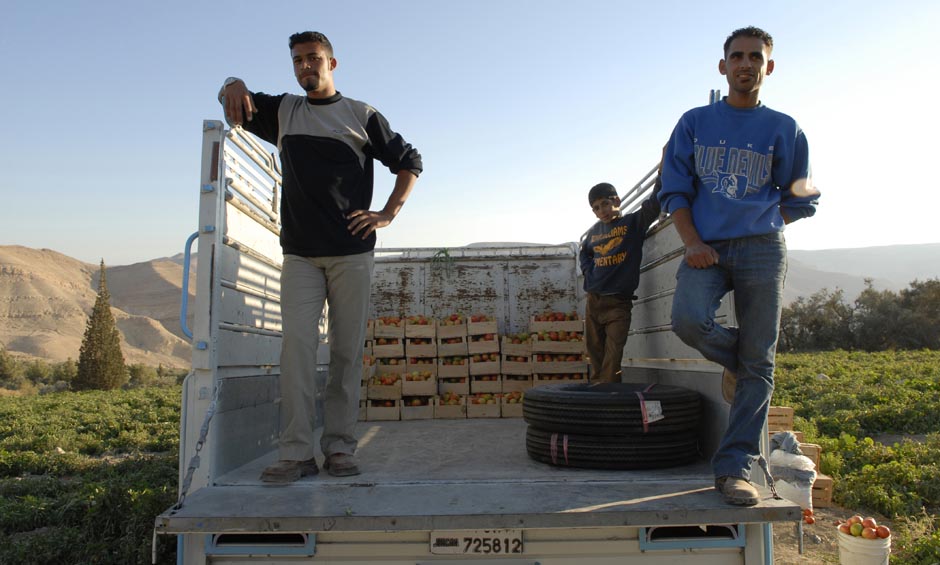
Stable communities and migration
The global crisis of forced displacement has affected an unprecedented 65 million people worldwide. Forced displacement has a strong rural dimension. This has led to degradation of agricultural land and a collapse of food production in the areas left behind.
